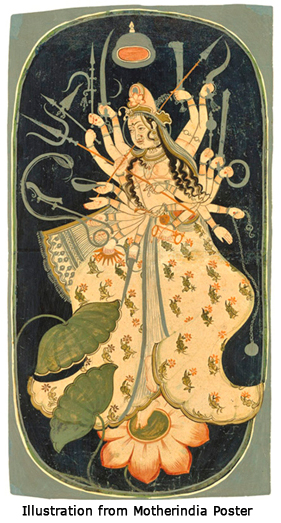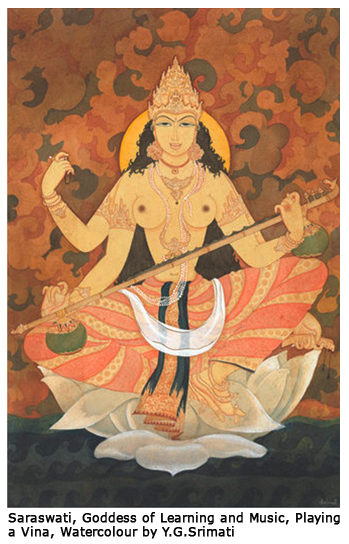- Publisher's Note
- Editorial
- In Conversation with Kanishka Raja
- Definitional Lack in an Inclusive World: Cutting Edge as Responsible Art
- Democratization Through Cutting Edge Art
- Mumbai for Cutting Edge
- Moments in Time (And a Little While After)
- In Transition
- Tip of Our Times
- Srishti School of Art, Design and Technology – A Cradle for Creative Excellence
- Cutting the Edges of Architecture
- Overview Cutting Edge
- The Matter Within: New Contemporary Art of India Featuring Photography, Sculpture and Video
- Generation in Transition: New Art from India
- Indian Master Painters at India Art Festival
- Life, Luxury & the Avant-Garde
- Mother India: The Goddess in Indian Painting
- The Last Harvest: Paintings of Rabindranath Tagore
- Asia Society Museum Presents Exhibition of Rabindranath Tagore's Paintings and Drawings
- Stieglitz and his Artists: Matisse to O'Keeffee
- Beauty of Unguarded Moments
- Across Times, Across Borders: A Report on the Chinese Art Exhibition
- A Summer in Paris
- Random Strokes
- The Emperor’s New Clothes and What It Really Means
- Understanding Versus Adulation
- What Happened and What’s Forthcoming
- Occupy Wall Street, The New Economic Depression And Populist Art
- Unconventional with Witty Undertones
- Narratives of Common Life and Allegorical Tales In Traditional and Modern Forms the Best of Kalighat 'Pats'
- Colours of the Desert
- Unbound
- I Am Here, An Exhibition of Video Self Portraits at Jaaga
- Staging Selves: Power, Performativity & Portraiture
- Venice Biennale Outreach Programme A Circle of Making I and II
- Cartography of Narratives, Contemplations on Time
- Joseph Kosuth: The Mind's Image of Itself #3' A Play of Architecture and the Mind
- Maharaja: Reminiscing the Glorious Past
- Art from Thirteen Asian Nations
- Tibetan Arms and Armor at Metrpolitan Museum of Art
- The Art of Poster Advertisement
- Unusual Angles and Facets of Museum Buildings
- Elegant Fantasies
- Art Collection and Initiatives
- Art Events Kolkata
- Mumbai Art Sighting
- Art Bengaluru
- Musings from Chennai
- Preview
- In the News
ART news & views
Mother India: The Goddess in Indian Painting
Volume: 4 Issue No: 22 Month: 11 Year: 2011
Report
New York. Mother India: The Goddess in Indian Painting started at The Metropolitan Museum of Art from June 29 and will continue till November 27, 2011. It features 40 works from the Museum's collection that depict Devi in all her various aspects The female principle was expressed in a number of ways; as the bearer of life, we see the appearance of the cult of the yakshi personified female nature spirits who embody the fecundity and fertility of nature. Perhaps the most widely worshipped deity in India, Devi stands alongside Shiva and Vishnu in the first rank of the Hindu, Buddhist, and Jain pantheons. The enthroned goddess with a cornucopia and children, from northwestern India, represents this tradition. Devi, the Indian goddess, is the omnipresent embodiment of power and wisdom given expression in all of India's ancient religions. From the beginnings of figurative representation in early India, she has been the frequent subject of sculpture and a favoured subject in later devotional painting.


About the sixth century a variety of early sources on devi in her myriad forms were brought together in the seminal text the Devi Mahatmya. Primarily devoted to narrating the origins of Durga and her relationship to the pantheon of male deities, the text represents Durga as the ultimate destroyer of demons. It also introduces the awesome forms that emerge from her being, Kali and Camumda, who give expression to Durga's terrible aspect, as do the seven matrikas (mothers).
The exhibition presents enduring images of the feminine in Indian art from the first millennium BCE through the late 20th century. Devi in her myriad forms benign, maternal, empowering, and fearsome expressed the range of human emotions. Later Indian paintings, such as Mahadevi, the Great Goddess, from 18th-century Bikaner, Rajasthan, showed her assuming the form of Durga, displaying the cosmic weapons lent to her by the male gods but standing on lotus flowers, rather than slaying the customary buffalo demon. The artist Y. G. Srimati represented Saraswati, the benign patron of the arts and learning in a mid-20th-century painting.

Sculptural forms range from proto-historic goddess figurines to medieval Durgas of awesomely ferocious look. These will include rare, early molded clay images of the goddess, such as Goddess and Attendants, from Chandraketugarh, in Bengal, dated to the Shunga Period (circa first century BCE).